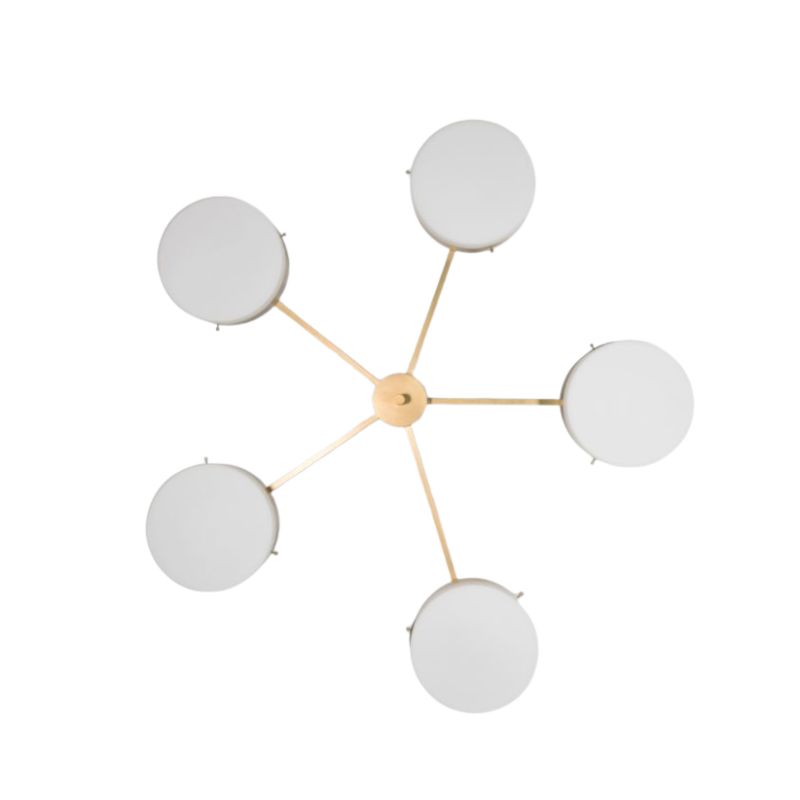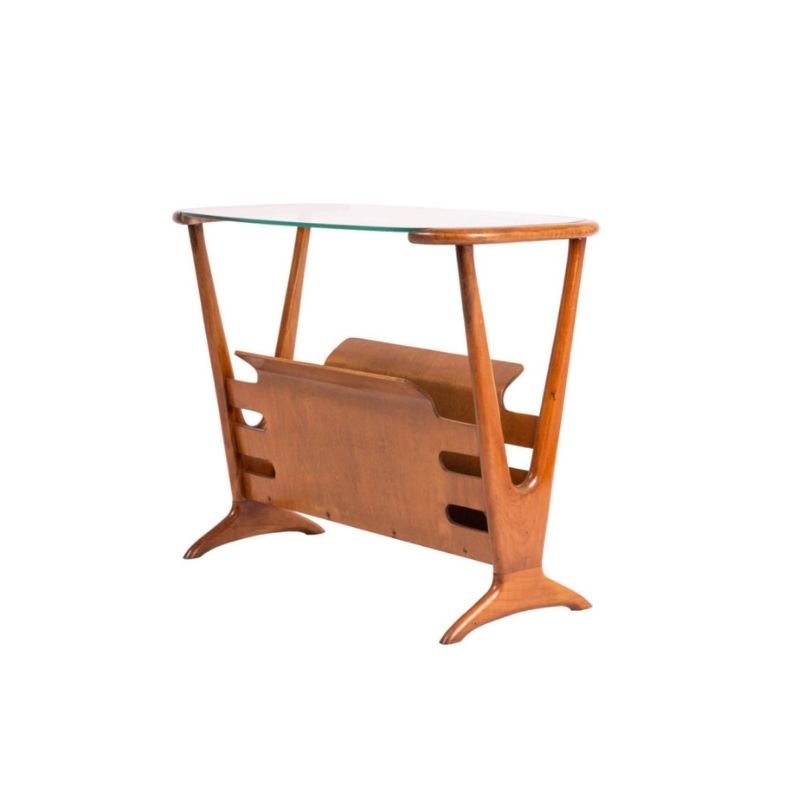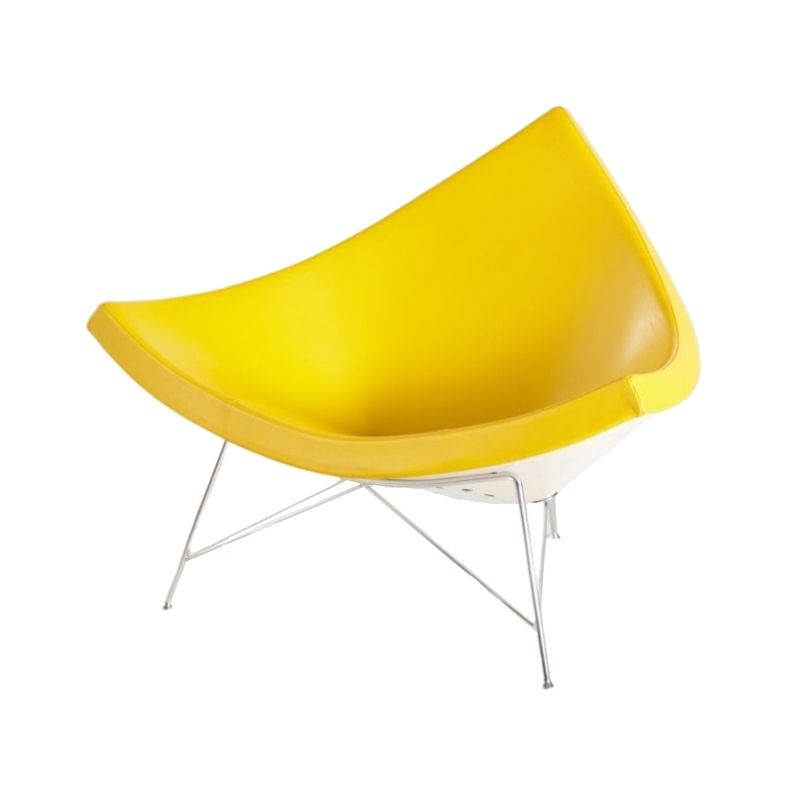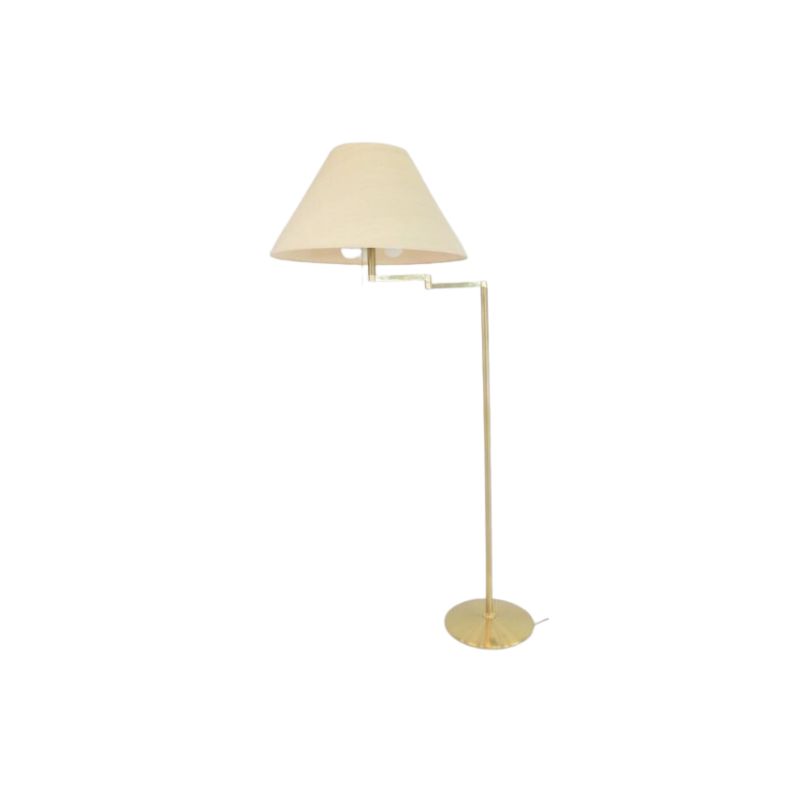100% pure Tung oil does not have any varnishes or hardeners. most Tung oil that you see in the store is not 100% Tung oil though. The bottle must say "100% Tung oil" to be sure you are getting something without varnish, solvent, or other additives.
Also note, tung oil is actually more difficult to apply than a lot of people think. Yes, you just wipe it on and wipe it off, but the way it absorbs in its pure form (it is quite thick), you will typically get a splotchy sheen, and you will need to do multiple applications over time, to even it out. It absorbs in some areas and sits on the surface everywhere else. It also takes a bit longer to fully cure. 100% Tung oil really needs to be carefully thinned or warmed for the first few applications to get the best, and most efficient, results. It is a great product, that is chemically far less toxic than 99% of other finishes, but if you are dealing with bare, or very dry wood, just know that you are probably going to have to do multiple applications over time to get the desired results. once you get the hang of using it, and the time involved, the results are great.
If they were my lamps, I would want them to darken and would use teak oil, but I prefer my American walnut darker. If I didn't want darkening, I would probably use an oil-varnish mix. I typically mix these up myself at this point, but natural-color Danish-oil from Watco is not a bad product. It is the cheapest and easiest way to accomplish what you are trying to do, without having to put the time in of many coats. The varnish content of Watco Danish oil is so low that you are not going to do anything that is "difficult to undo". Please note, if you want "shine" you are either going to need to apply many coats of a pure oil, or use an oil-varnish mix like watco (1-2 coats).
I would recommend against any common furniture polishes. Things like Pledge have silicone in them, and once this gets into the grain of the wood, it is far more of a hassle than any varnish to "undo." I have to imagine that there are a few good polishes out there, but I am typically a complete refinish, and then oil regularily type of guy, so my experience with polishes is limited.
@Zephyr - Thanks for the response. I'm guessing Watco's Danish oil is similar to Formby's Tung oil finish? I guess I'm open to using an oil/varnish product, but if I wanted pure oil, is there any alternative to teak oil that won't darken but will still even out the color and make things look nice?
There are numerous natural oils out there. 99% of the time though, you are either talking linseed, tung, or mineral oil, when it comes to wood finish applications. Tung and linseed are drying oils, and will eventually harden up, mineral oil is non-drying.
-Mineral oil is mainly used for food contact applications (Note: olive oil, peanut oil, and other vegatable oils also fall in as non-drying, and food contact safe)
-Linseed oil will eventually dry, but may take years to do so.
-Boiled linseed oil, dries much quicker, and therefore is the main form of linseed oil used in wood finishes. Still can take days to weeks to cure.
-Tung oil dries the quickest, and offers the most protection of the oils. It is also natural, and theoretically can be used in food contact applications, as I understand it. Tung oil dries on the order of days.
That is pretty much your choice of oils for wood finishing. There are plenty of complex finishing techniiques that utilize oils, and then waxes, or soaps, but this is used when you are trying to keep to traditional methods, only use natural products, etc.
Can I ask why you are set on oil alone?
@Zephyr - Thanks. I'm not set on oil, I'm just a bit scared of varnish since there's more room to screw up. Also the lamps are delicate and compact and probably harder to work with than a normal piece of furniture.
I've been wanting a pair of these for so many years and they're so fantastic (to me), I just don't want to mess with them too much while still making them at least look nice.
Doesn't look dry to me! I would test for lacquer. (Dampen a Qtip with nail polish remover and touch it to the wood in an inconspicuous spot. Lacquer will dissolve immediately. Or you can just look for chipped areas, but there may not be any if the finish is in good condition--in which case, I'd just leave it alone.)
Just wax it. Regular old brand-name paste wax made for furniture found in any hardware store works just fine. Rub it on thin, let dry, and buff with a clean cotton rag or horsehair or hog bristle brush. If you're paranoid about ruining a museum piece, use Renaissance Wax. Seriously, this is how experts have treated fine furniture for, oh, I dunno, maybe a few centuries and still do.
If you need any help, please contact us at – info@designaddict.com









